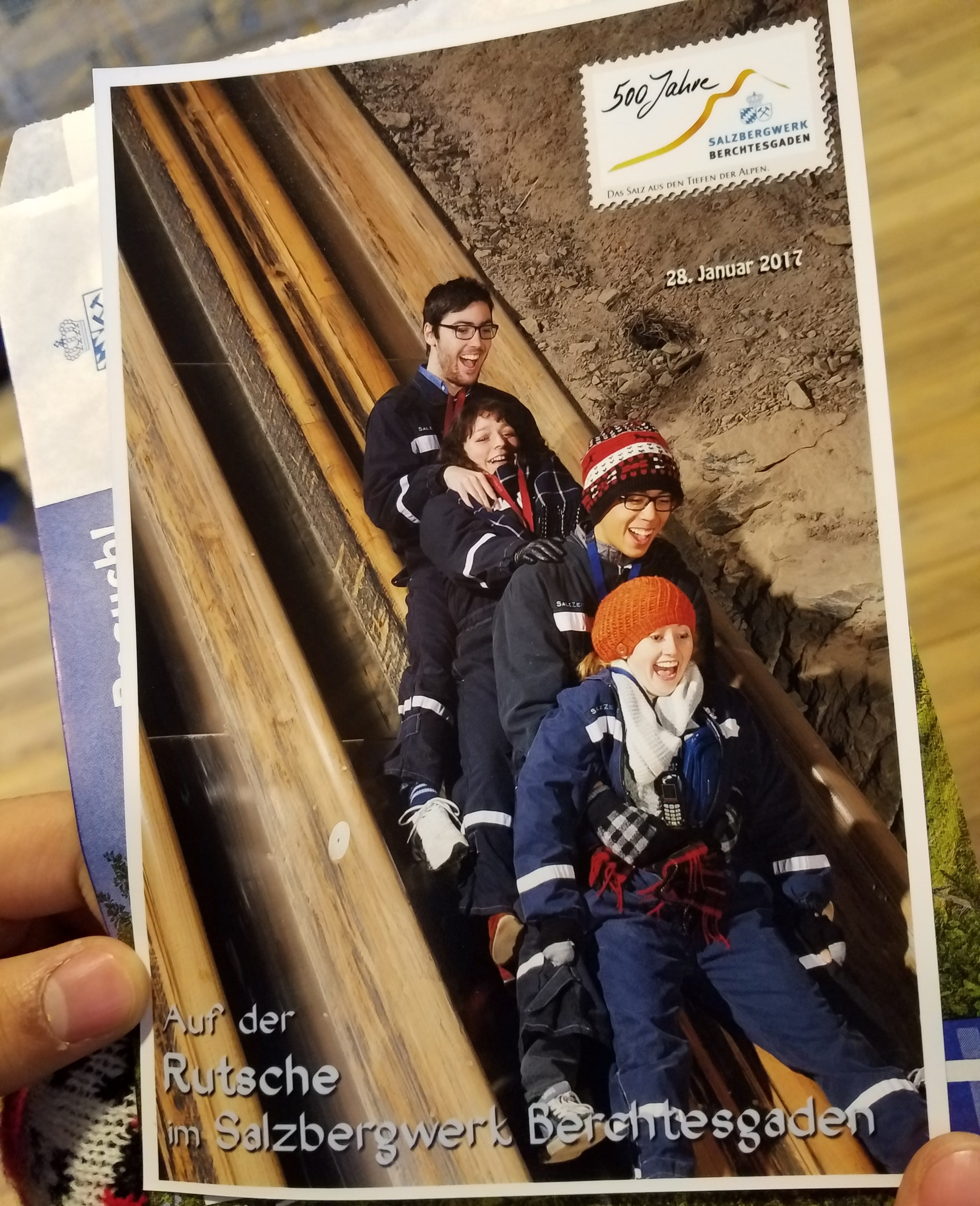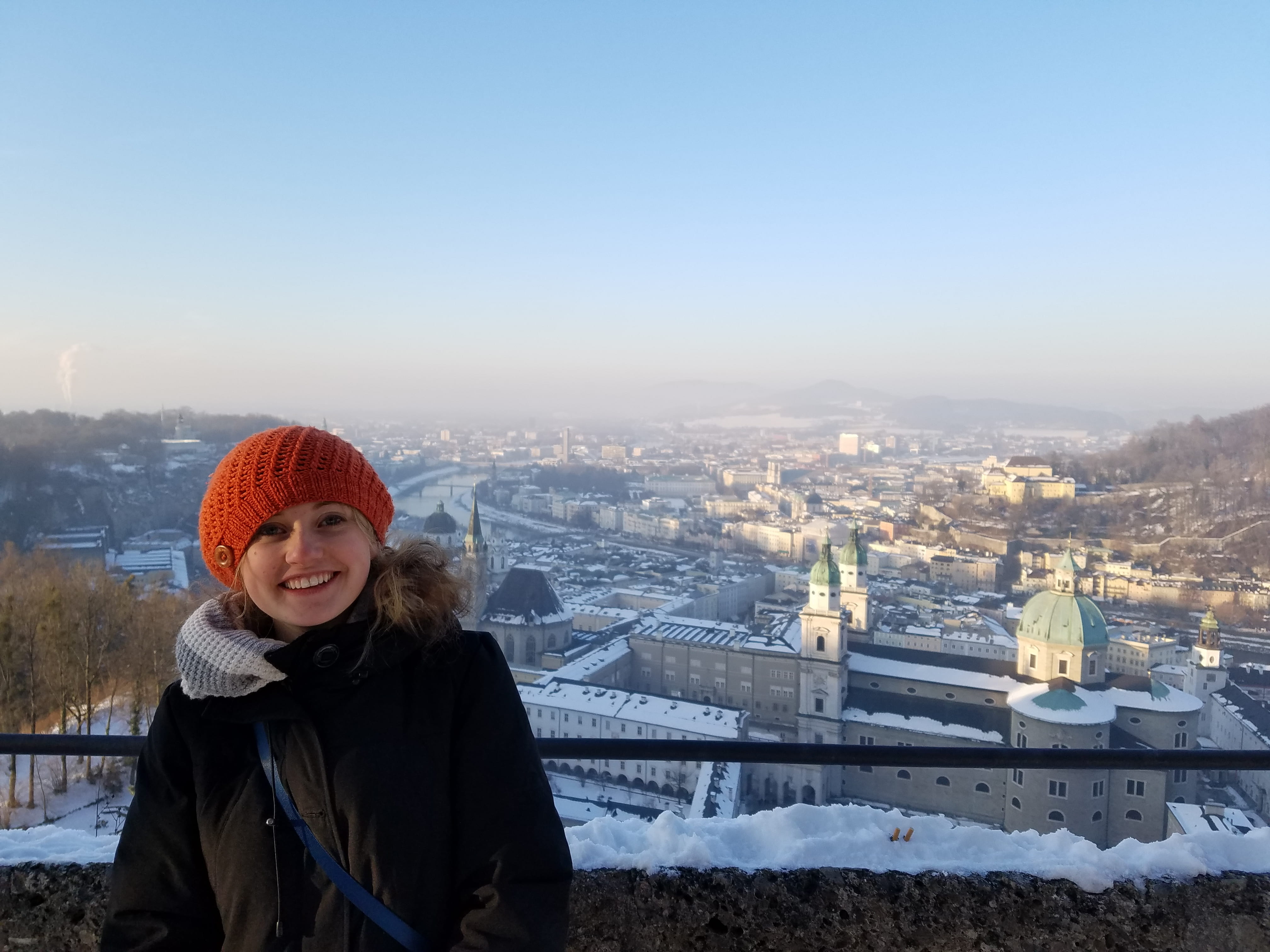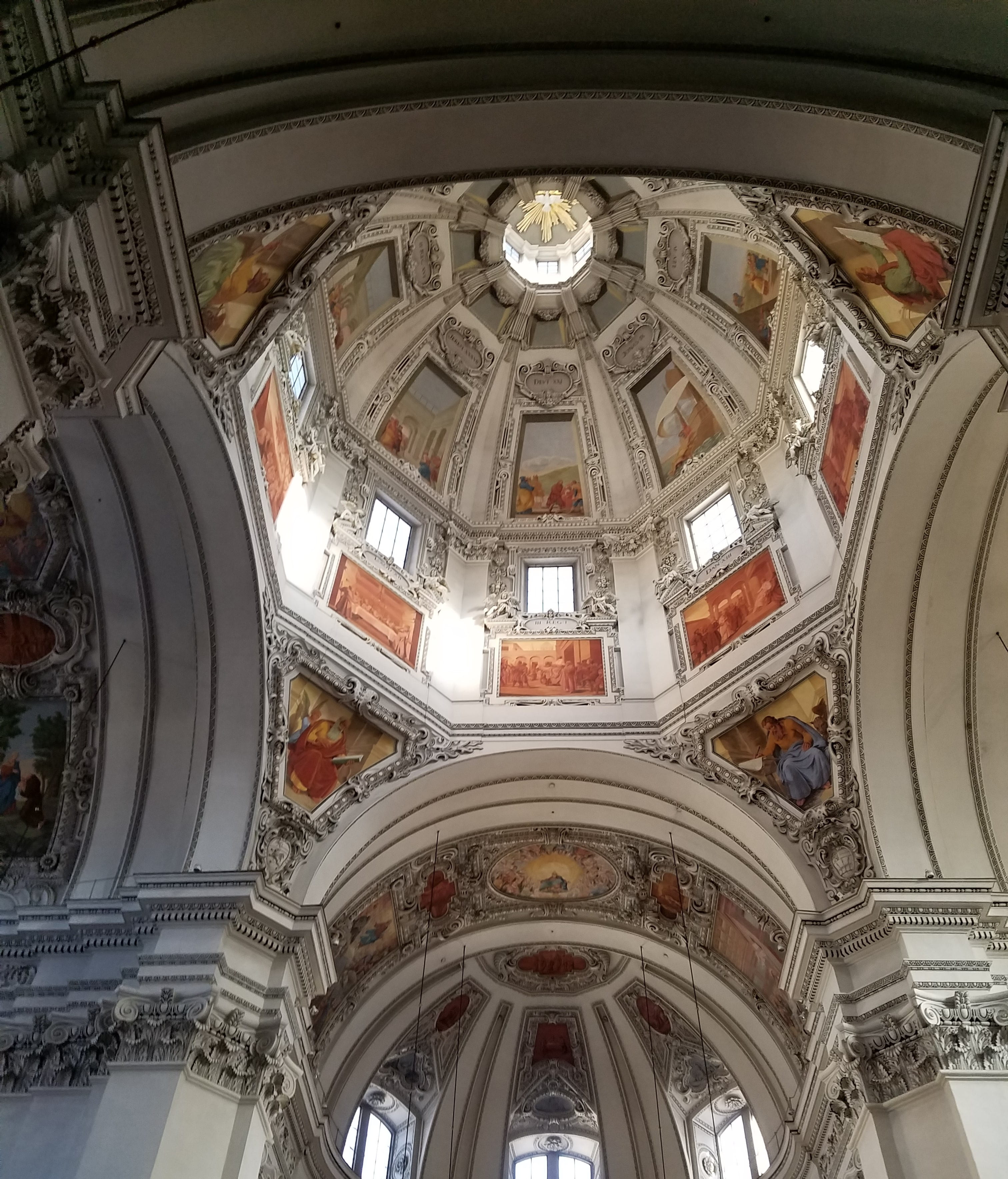
Meet RA Noah, who is was so cool that Lina decided to go back for a second interview. He’s got more intriguing stories for you, too. Read on!

What do a severed ear and garbage have to do with the famously beautiful city of Amsterdam? Lina’s back with facts and fun in the capital of the Netherlands.



Lina was blown away by Berlin – and we’re sure you’ll learn at least one new fact about the city from her new blog post! Click to delve into history.
Berlin: the capital of Germany, known as the most international city in Europe, and the headquarters of one of the most evil regimes in history. The city is beautiful, modern and shiny (as a result of the old buildings being bombed so much), but dig a bit deeper and you find a scarred and difficult past.
My favorite activity in Berlin was the 3 hour walking tour we took. Beginning at the Brandenburg gate and ending in the square where the book burnings took place, I don’t think I have ever learned more about a place in that span of time.
The Brandenburg Gate, topped with the statue of Victory carried by her triumphant horses in her carriage holds a German joke. After Napoleon took the initial statue back to his personal collection in France, the Germans built the new statue to look straight at the French embassy that sits in the square, constantly watching. Funny right? Speaking of embassies, Berlin holds one of the few North Korean embassies in the world. Our tour guide joked that his hand had been to North Korea.

World War II, as you can imagine was not a good time for Berlin. Especially at the end. Citizens were not permitted to leave as Allied forces took the city, and many were caught in the crossfire. Our tour guide took us to the site of Hitler’s suicide bunker, which was below what is now residential apartments and a sad playground. In his final days, Hitler behaved very madly, obsessing over his dog and eating an entire cake for every meal. The bunker was blown up and filled in, and now is marked with nothing but a tiny plaque stating what happened. The city didn’t want to make anything bigger for fear of it looking like a memorial.
The Holocaust memorial, on the other hand, is a very powerful place. The large stones, situated in rows on uneven ground, and tilted slightly from one another give a sense of the anonymity of the Jews that were murdered in Europe. The museum below, tracing stories, quotes and the lives of the jews killed in mass shootings and concentration camps was exceedingly powerful. Another amazing museum was the Topography of Terror, with powerful photos of the atrocities committed.
Then, the tour shifted to the Cold War, and the very famous WALL. The wall went up to prevent the East Berliners, specifically academics, and skilled workers from leaving to the more prosperous and decidedly less Communist West Berlin. We walked past Checkpoint Charlie, the American controlled way from East to West, where Cold War tensions arose over one American man’s desire to get to the East Berlin opera. We saw the last remaining Nazi building, in grand but severe stone, that served first as the Nazi air force headquarters, then as the Soviet government building, and is used today as the tax department of Germany.

We also learned that the Berlin Wall came down entirely due to a TV announcer’s error. After delivering an exceedingly boring and dry report of the East German state of affairs, he was slipped a memo that said travel restrictions would be lifted for those over the age of 65 that could pay a hefty fine and give 12 months advance notice. Because he was flustered, he read only the first part. When the reporters asked him when “travel restrictions will be lifted,” he panicked and responded with the only date he saw on the paper: the very same day as the press conference. As a result, thousands swarmed the wall, overtook the guards, and were reunited with their western brothers once again.
Another really interesting thing about Berlin: the Nazi’s planned it to be the capital of the world. It was designed to hold 8 million people. Today however, it houses only 4 million. The sewers must be periodically flushed with water because their is not as much flow as anticipated. Lots of wild animals live in sewers and other such unused spaces. In fact, about 6 weeks ago a wild pig attacked two people at a bus stop in the city.
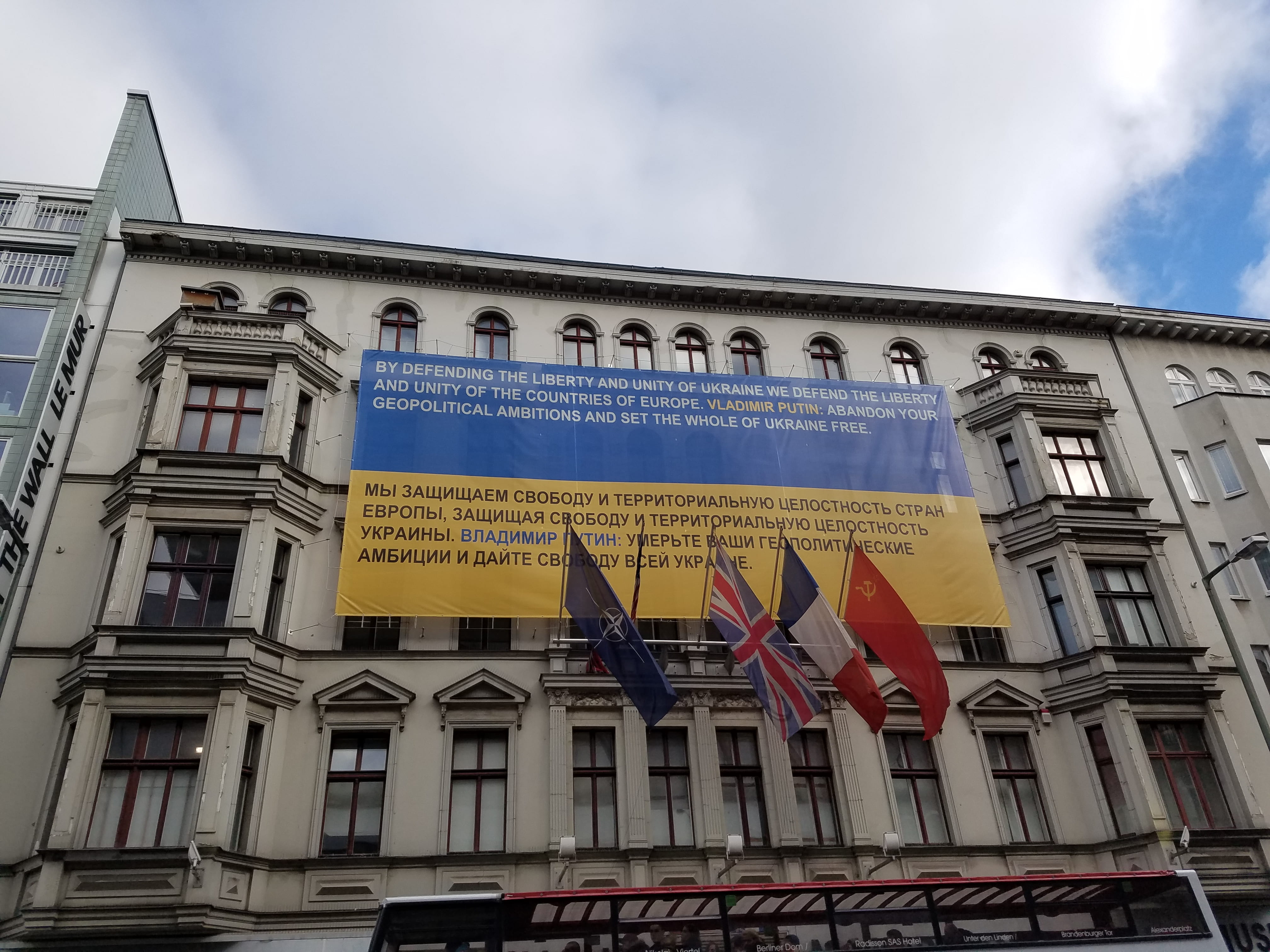
My absolute favorite thing about Berlin is the currywurst. Currywurst is a delicious snack consisting of a sausage in a curry ketchup, covered in curry powder and paprika. It is absolutely delectable. Total currywurst tasted: 4.
A history buff like Lina was in her element in Italy over GTL’s spring break. Scroll through her steps – and learn something about the history of Italy along the way!
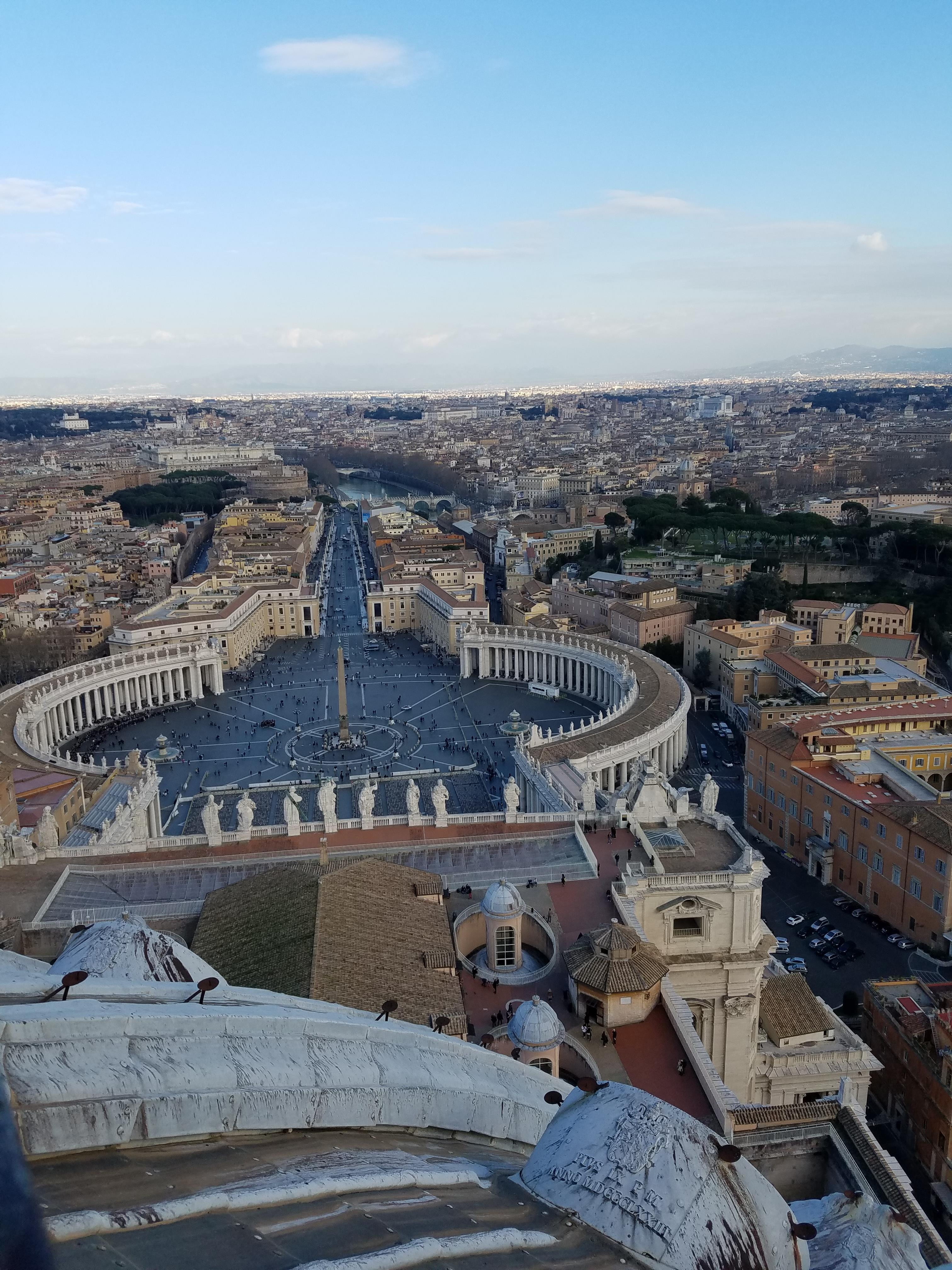

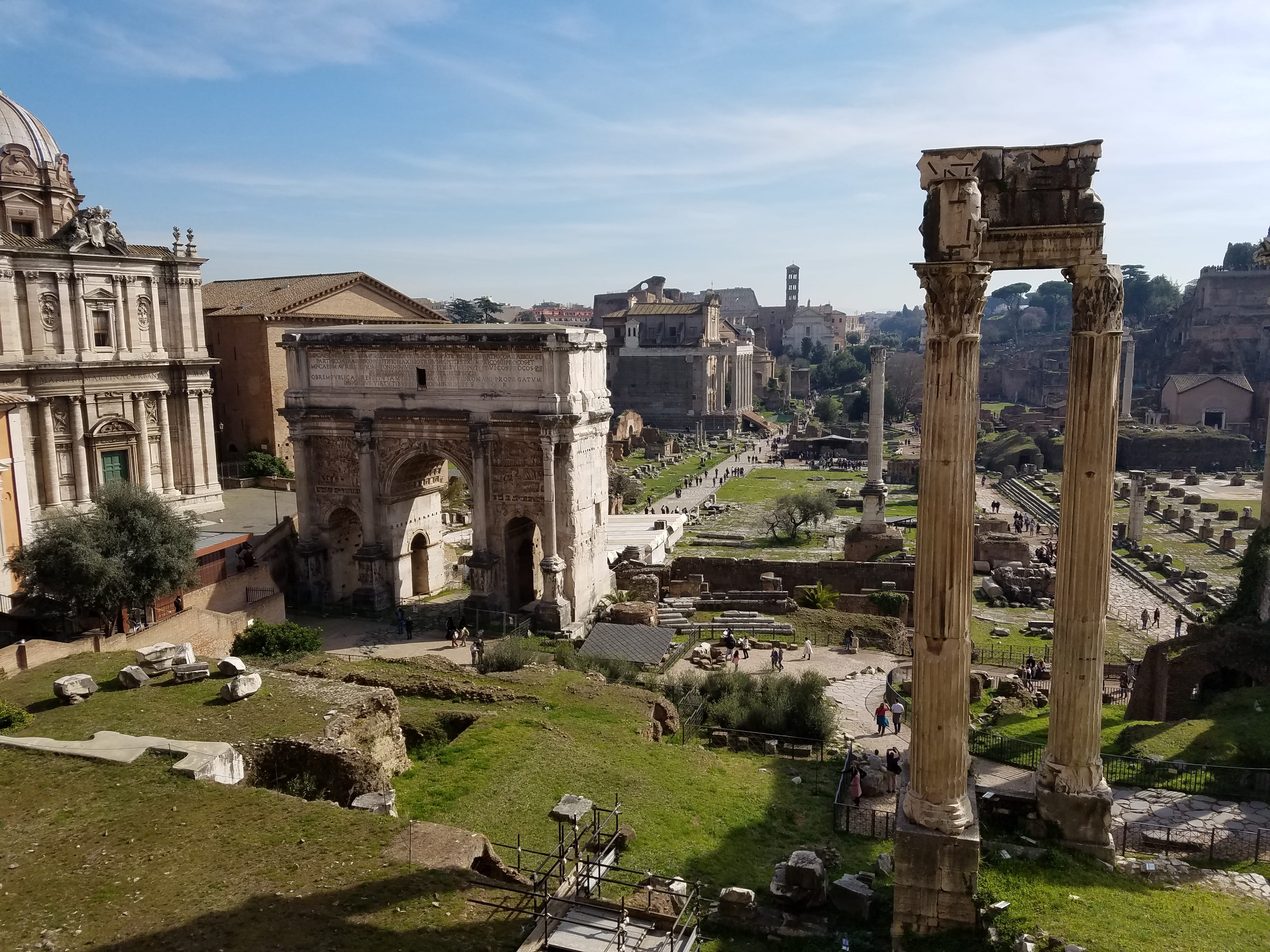

intense training schedules of gladiators, we walked around it with wide eyes. Not only was the Colosseum a source of entertainment for the senate and emperor, but the masses as well. The violent place brought a whole civilization together.

Georgia Tech-Lorraine is a STUDY abroad program – and Lina has some tips on how to maximize your study time while at GTL.


Skiing is all the better when the area hosted a Winter Olympics! Check out where Lina went this weekend – and how she talked her way into a crowded restaurant.
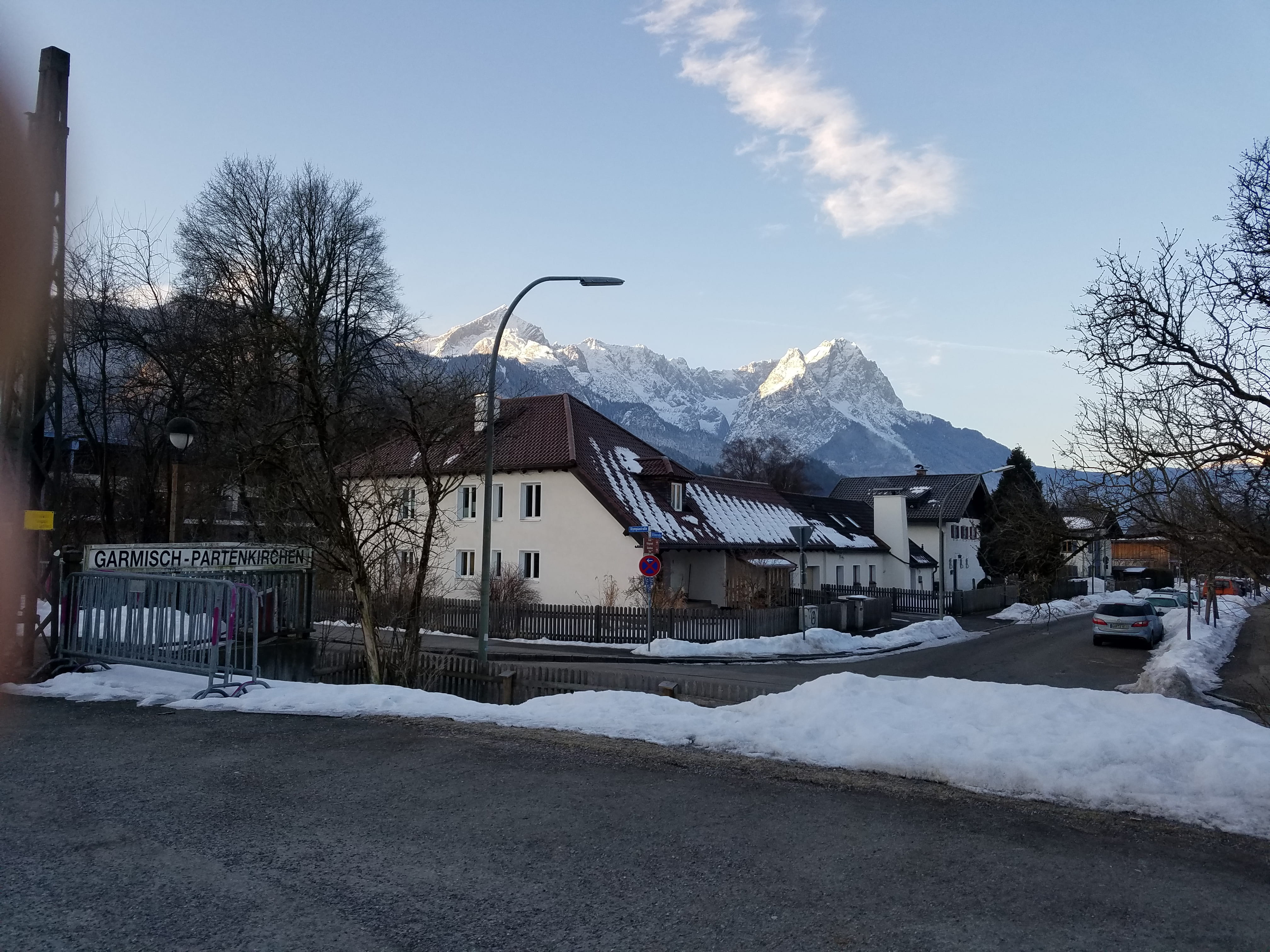



While most people have lots of tips on how to travel, what should you do when you’re in Metz? Lina has some tips on how to spend your time OUTSIDE of class while in Metz.
1. Take a walk around Lake Symphonie.
Georgia Tech Lorraine is situated on a beautiful man-made lake, with some awesome paths in the surrounding area. You can feed the ducks and swans that commune there, enjoy some beautiful fresh air, and take in the beautiful scenery. If school is getting you down, there is no better way to clear your head than fresh air and lush foliage.
2. Go to the Gym
When I get especially frustrated, it really helps me to work out all of my internal aggression at the gym. Just a short bus ride away is the gym l’Orange bleue, open from 9am-9pm. Upon arrival, everyone greets you with a warm “Salut!” and even though I speak basically no French, I felt very welcome and happy to work out there. In addition to lots of workout equipment, the gym also offers lots of classes included in the price. If you talk to Katia Ménard-Pons, you can get an initial free pass, and then for 90 euros you get three months of gym visits.

Do you eat halal meat and are tired of eating fish in restaurants? Do you want something delicious and filling? Are you a fan of Turkish food? Well Mam Resto is definitely the place to go. Located close to both Cora and Aloes, Mam Resto has the friendliest staff, who were willing to work with our minimal french, and they were very happy to make us our pizza kebab, which was like all of the ingredients of pizza, and halal meat, wrapped in a tortilla. It was honestly the best kebab food I have ever eaten. It is an amazing way to forget you woes, and lose yourself in the tasty flavors of a delicious kebab.

4. Walk around downtown
Taking a quick bus to downtown Metz is always great. You can see the beautiful cathedral, walk around the amazing shops, visit some nice cafes and look at all of the local architecture. I love stopping at a street bakery, buying a pastry, and taking a walk through the busy streets.

Prague is a city of deep history and great beauty. Lina gives a quick look into that which makes Prague a bucket list destination.
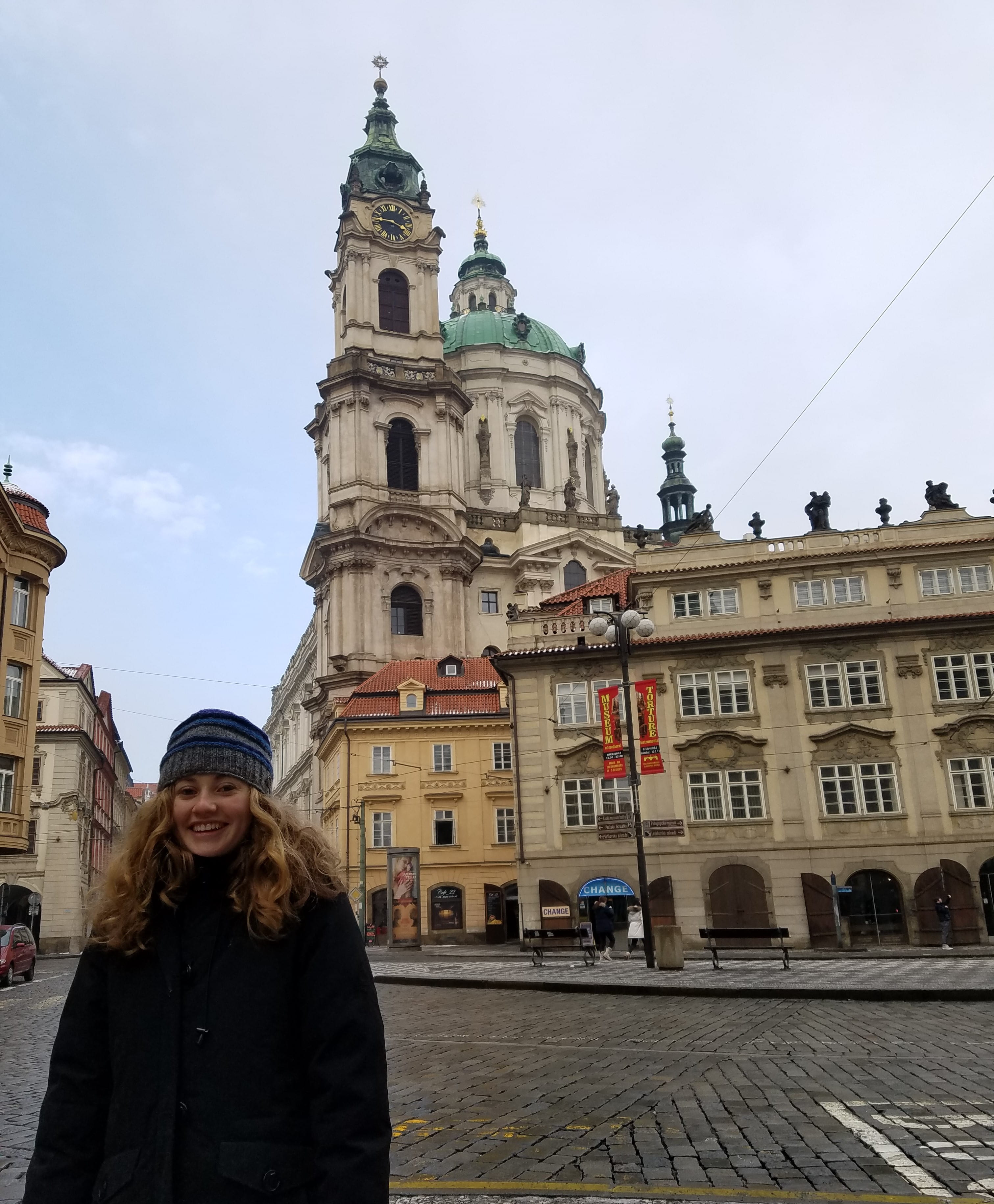
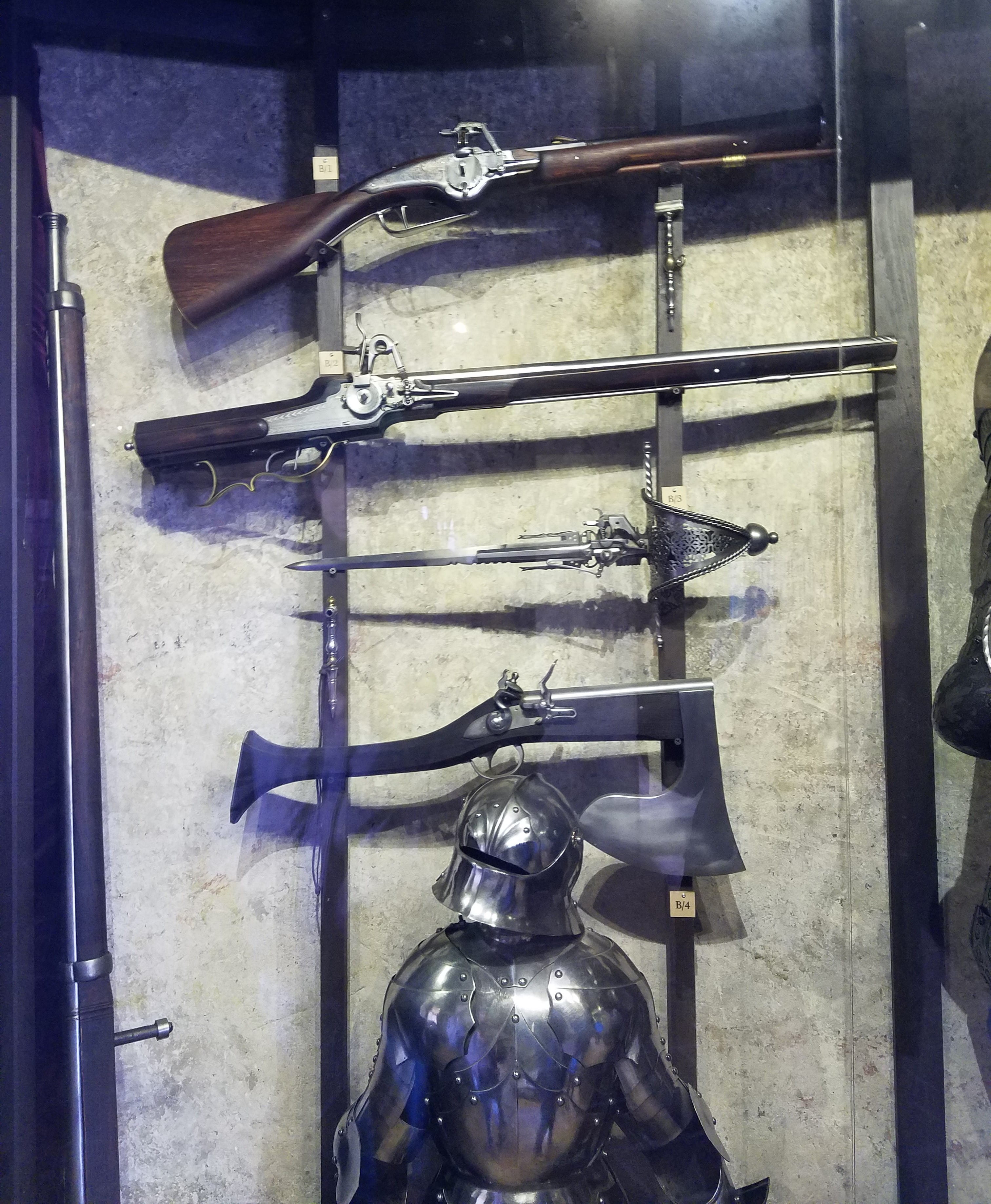
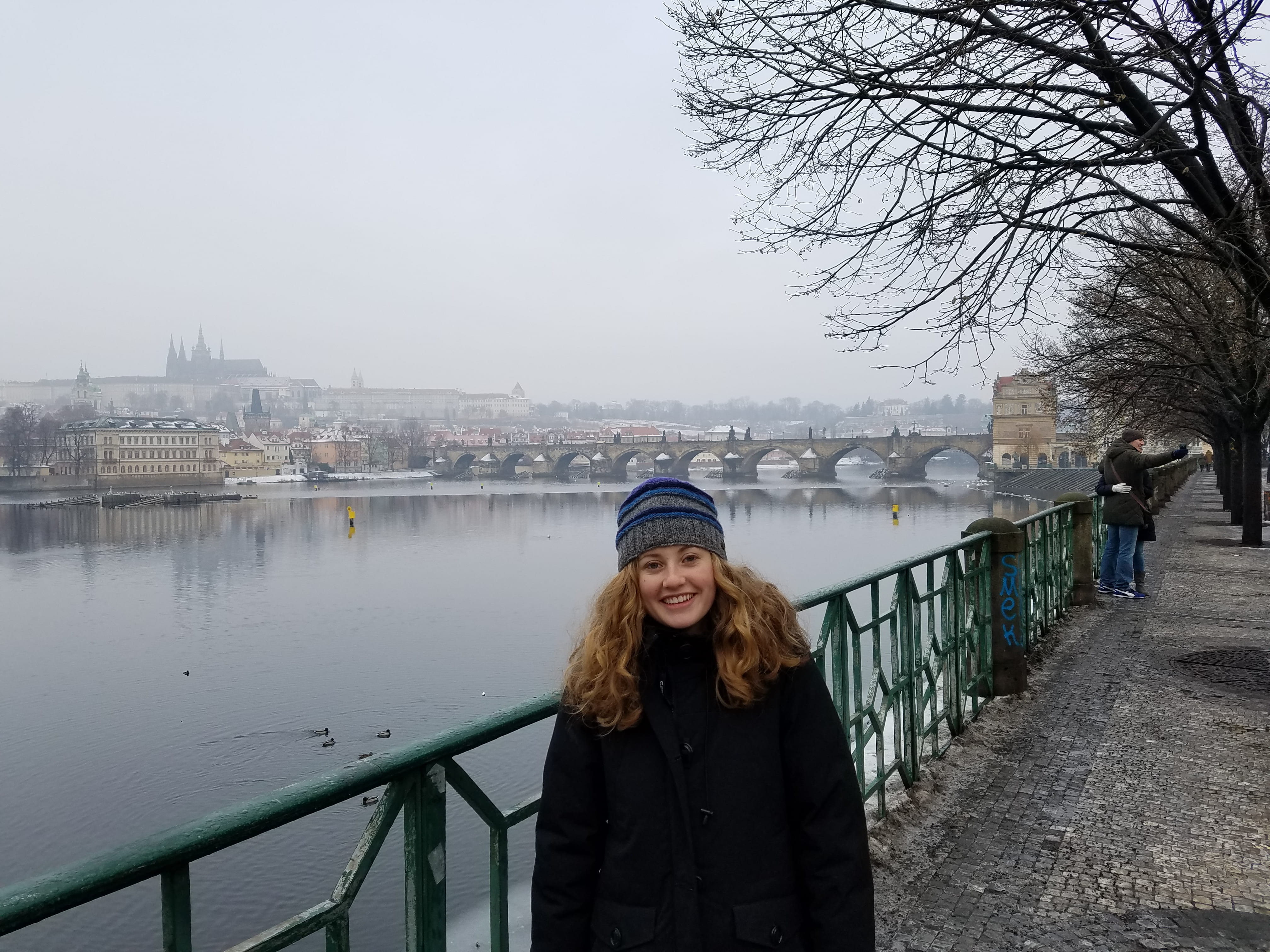
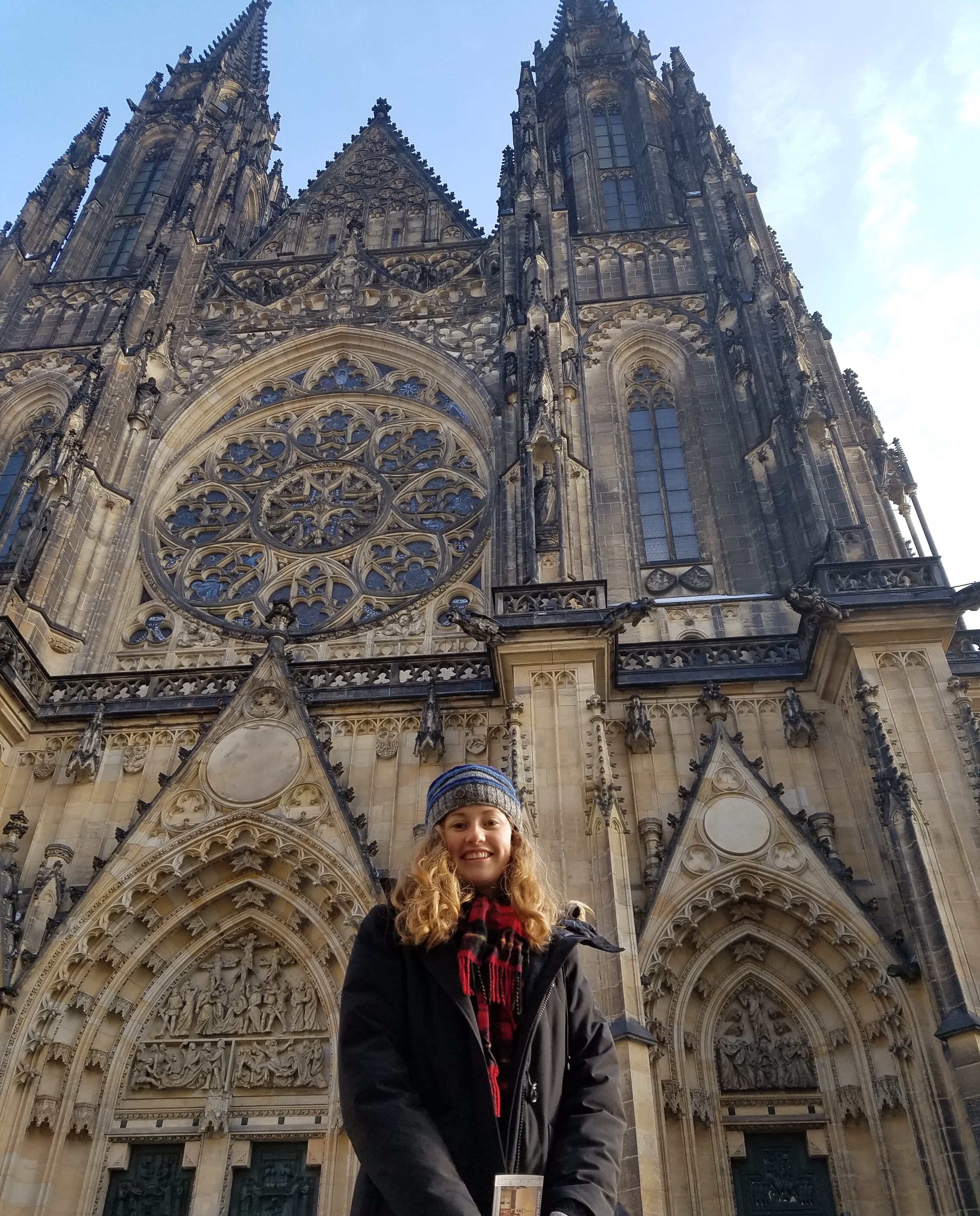
The museum was cool because it showed a Prague citizen’s perspective on such violent events that were happening in his lifetime. Prague only became free six years before I was born. It was amazing to read about and honor the people that fought to make their own home country a better place for their children, and for tourists like me that can visit now but couldn’t thirty years ago.
Meet one of GTL’s graduate students: this time, Romain, who is researching in GTL’s robotics lab – and knows just what college students want. (Student discounts.)
After exchanging a few jokes about volunteering his friend for the interview in his place, Romain and I sat together at a table in the student commons of the GTL building.  Romain Amuat is studying Electrical and Computer Engineering. In addition to having a talent for making everyone he interacts with laugh, he is also incredibly driven and intelligent. His interview is as follows.
Romain Amuat is studying Electrical and Computer Engineering. In addition to having a talent for making everyone he interacts with laugh, he is also incredibly driven and intelligent. His interview is as follows.
Why did you choose to go to GTL?
“I have always wanted to study in the U.S. Georgia Tech-Lorraine is the best university that I could attend out of the ones offered from my school. In the French system, many students choose the double diploma program, where you get a degree from both France and the United States. This can be very helpful when looking for jobs. With the program, I spend 6 months in Metz, here at GTL, then I spend 6 months in an internship for real experience, and then I spend 6 months in Atlanta, following my dream of studying in the United States.”
What can you tell me about your research?
“In this 6 months I am working on a project making a robot to automate the detection of failures in a material. The robot can detect problems and send the data back to the engineers, who can fix the problem faster. I also get to work with an American undergraduate student named Bharath, which is good to help me practice English.
What do you like to do outside of research?
“I love to play guitar. My favorite type of music to play is rock and alt-rock. My favorite band is the Rolling Stones. They are really fun to play as well. I also play rugby, which is like the French/European version of American football.
What advice would you give to American students studying in Metz?
Really look for those student discounts. No really, they are everywhere; they are at the cinema, they are at fast food restaurants. All you have to do is show your ID, and you can sometimes get more than 40% off the price of working people. It’s great to be a student. It almost makes me want to be a student forever. Also, it’s good to learn a little French. The French will love it if you try to speak in their language, even if it is wrong, and they will help you much better.
Tune in next week as Sam talks about Porte Ouverte, the awesome event happening this weekend for French high school students.
Where in the world was “The Sound of Music” filmed? That’s where Lina went this weekend – check out why its people are known for their salt.

